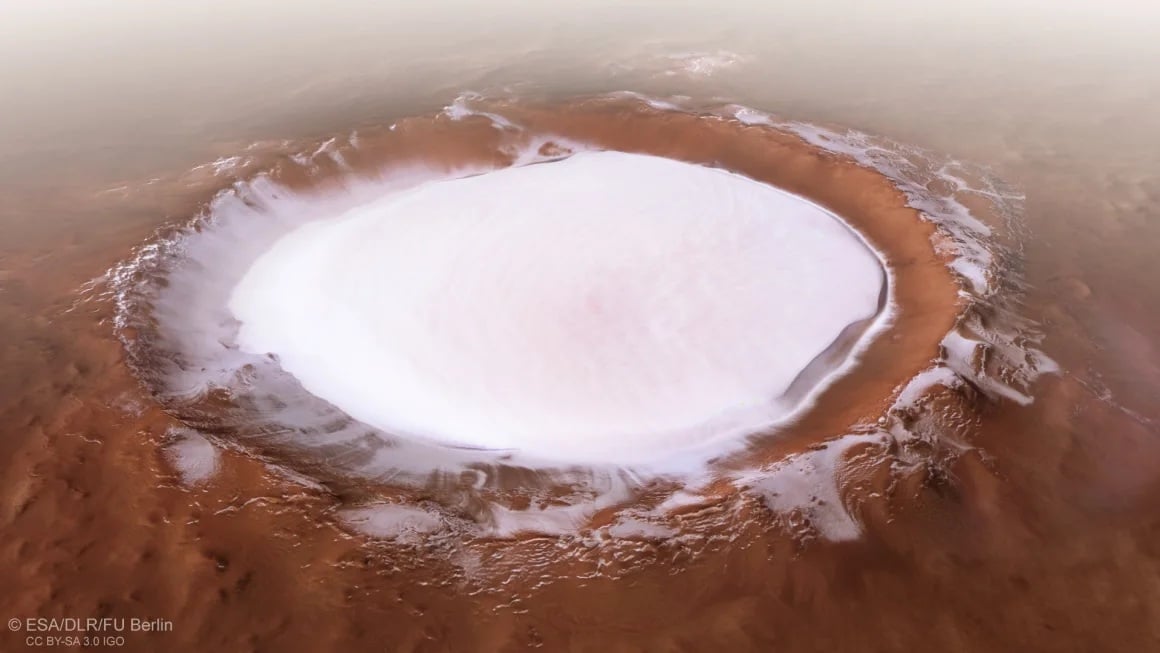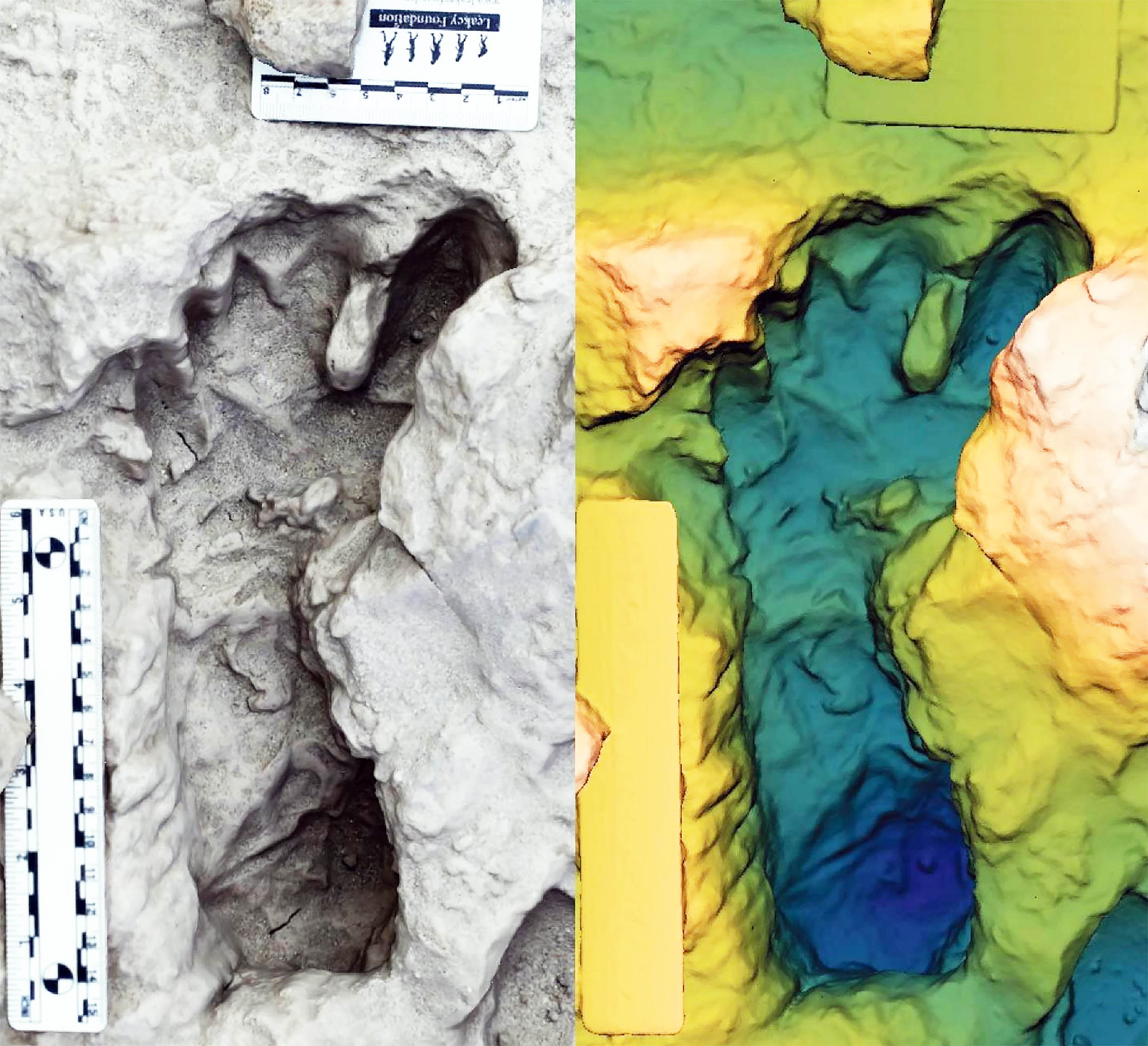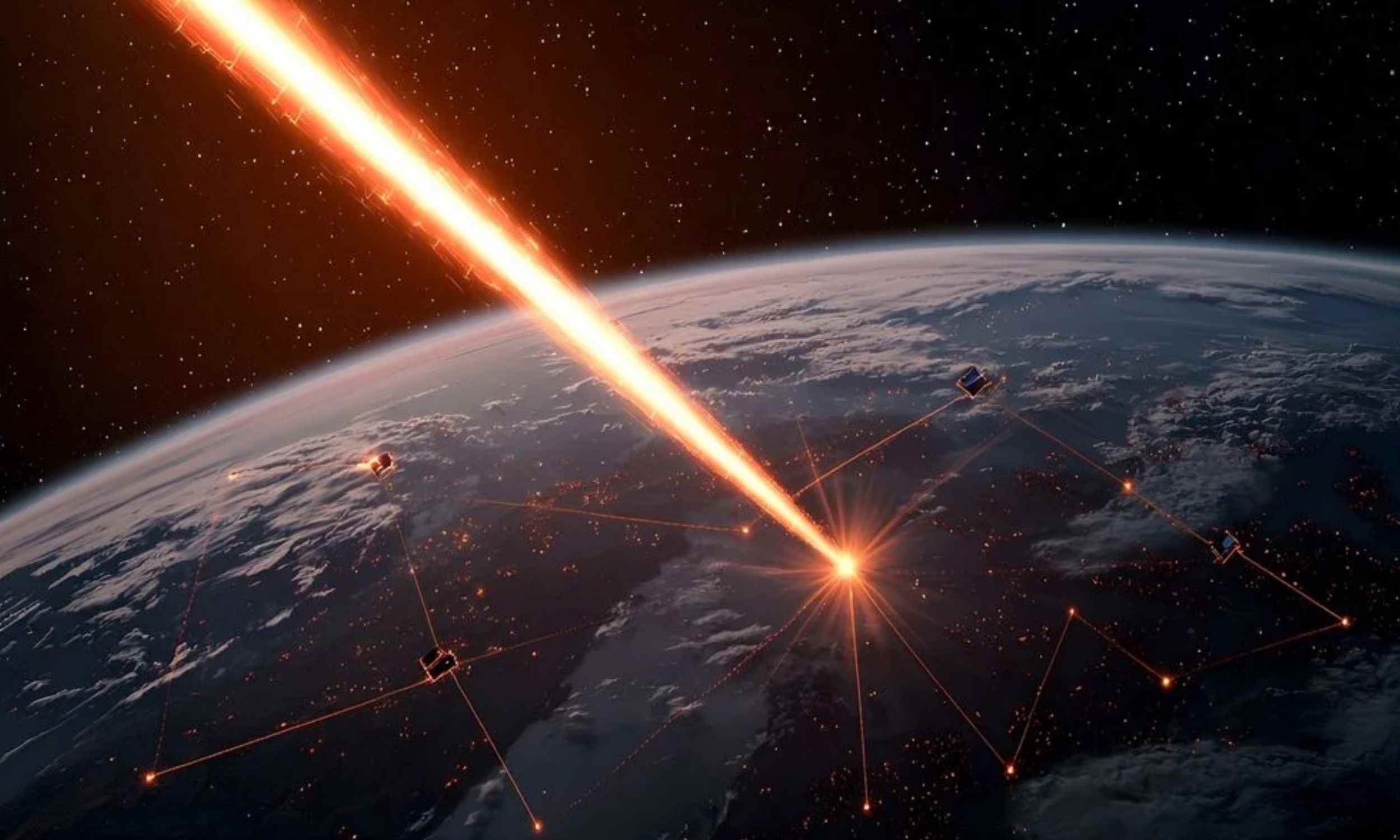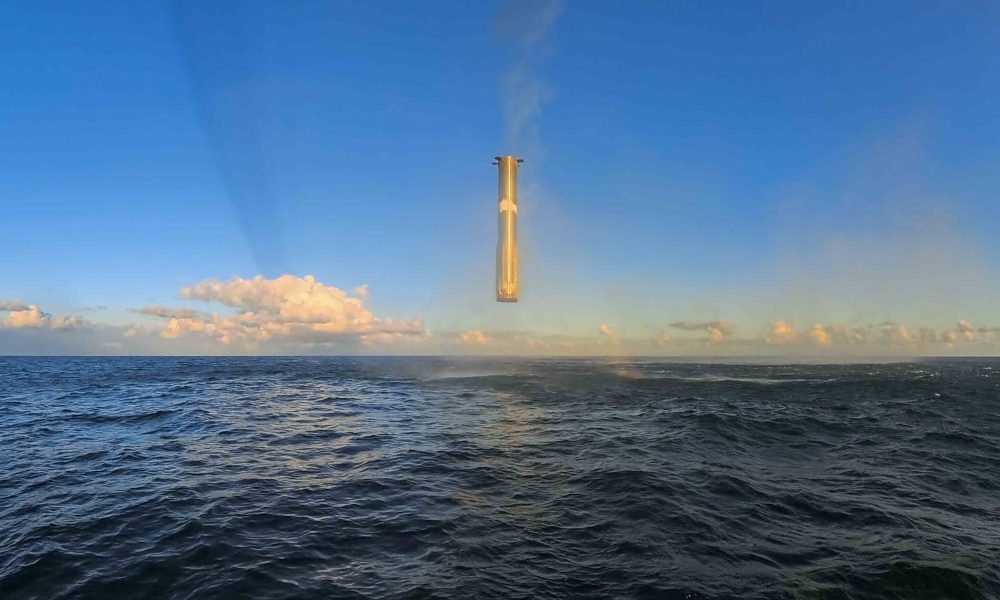Mars Lost Its Water: Shocking Discovery Reveals Ancient Ice Ages! #AINews

Imagine a time when Mars was a vibrant oasis, filled with rivers and lakes. Today, it’s a desolate, icy wasteland, but groundbreaking research is peeling back the layers of this frozen mystery. For decades, scientists have pondered the secrets of Mars—specifically, how it transformed from a warm, wet paradise to the frigid desert we see today.
Recent studies led by a group of Japanese researchers shine a light on this enigma, suggesting answers hidden deep within Martian craters. Just like how Earth’s glaciers hold clues about our climate history, these Martian ice deposits act as time capsules revealing the planet’s chilling past. Published in the journal Geology, the research indicates that Mars has undergone multiple ice ages over millions of years, but the amount of ice has consistently dwindled. Could this be the key to understanding Mars’ transition to its current frozen state?
The research team, guided by Trishit Ruj from Okayama University, utilized high-resolution images from NASA’s Mars Reconnaissance Orbiter to study glacial formations in craters situated between 20°N and 45°N latitude. Their meticulous investigation of these icy landscapes revealed that ice tends to accumulate on the shadowed southwestern walls of craters—an observation consistent throughout various glacial epochs.
Dr. Ruj expressed excitement in a press release, stating, “Mars went through repeated ice ages, but the amount of ice deposited in craters steadily shrank over time. These icy ‘time capsules’ not only reveal how Mars lost its water but also mark places where future explorers might tap into hidden ice resources.”
Intriguingly, the same changes in axial tilt that affect Earth’s climate also impacted Mars, leading to shifts between glaciation and thawing periods. Unlike Earth, however, Mars’ tilt can fluctuate dramatically, contributing to the planet’s gradual loss of water throughout the Amazonian Era, the longest geological period in its history.
This research is not just about understanding Mars; it has profound implications for the future of space exploration. As humanity sets its sights on sending crews to Mars, the need for local resources like water ice becomes critical for survival. The findings could guide future missions focused on utilizing in-situ resources to produce water, oxygen, and even fuel. Given that travel to Mars takes months, relying on Earth’s supply is simply not feasible.
But there’s more to this story—Earth itself stands to benefit from the techniques used in studying Mars. With climate change threatening our own ice caps and freshwater resources, the imaging and modeling strategies developed for Mars could help us monitor and manage our glaciers and permafrost. In essence, studying Mars could help us save our home planet.
As Dr. Hasegawa from Kochi University aptly noted, “Mars serves as a natural laboratory for understanding how ice behaves over vast timescales.” The insights gained from the Red Planet may ultimately unlock secrets vital for addressing climate challenges right here on Earth.

























